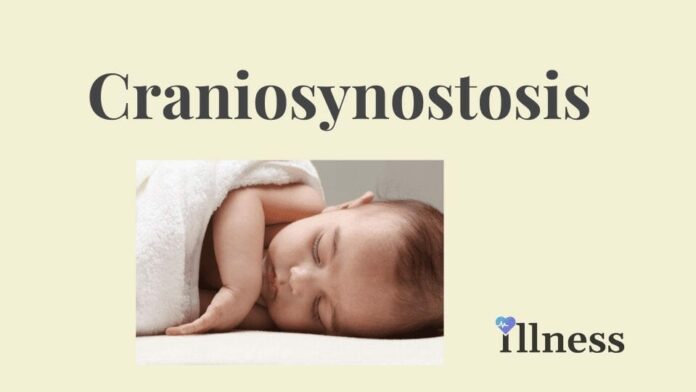Overview Of Craniosynostosis
Craniosynostosis is a birth defect in which one or more sutures on a baby’s head closes earlier than usual.
The skull of an infant or young child is made up of bony plates that are still growing. The borders at which these plates intersect are called sutures or suture lines. The sutures allow for the growth of the skull. They normally close (“fuse”) by the time the child is 2 or 3 years old.
Early closing of a suture causes the baby to have an abnormally shaped head. This may limit brain growth.
Causes Of Craniosynostosis
The cause of craniosynostosis is not known. Genes may play a role, but there is usually no family history of the condition. More often, it may be caused by external pressure on a baby’s head before birth. Abnormal development of the base of the skull and the membranes around the skull bones is believed to affect the movement and position of the bones as they grow.
In cases when this is passed down through families, it may occur with other health problems, such as seizures, decreased intelligence, and blindness. Genetic disorders commonly linked to craniosynostosis include Crouzon, Apert, Carpenter, Saethre-Chotzen, and Pfeiffer syndromes.
However, most children with craniosynostosis are otherwise healthy and have normal intelligence.
Symptoms
Symptoms depend on the type of craniosynostosis. They may include:
- No “soft spot” (fontanelle) on the newborn’s skull
- A raised hard ridge along the affected sutures
- Unusual head shape
- Slow or no increase in the head size over time as the baby grows
Types of craniosynostosis are:
- Sagittal synostosis (scaphocephaly) is the most common type. It affects the main suture on the very top of the head. The early closing forces the head to grow long and narrow, instead of wide. Babies with this type tend to have a broad forehead. It is more common in boys than girls.
- Frontal plagiocephaly is the next most common type. It affects the suture that runs from ear to ear on the top of the head. It usually occurs on just one side, causing a flattened forehead, raised eyebrow, and prominent ear on that side. The baby’s nose may also appear to be pulled toward that side. This is more common in girls than in boys.
- Metopic synostosis is a rare form that affects the suture close to the forehead. The child’s head shape may be described as trigonocephaly, because the top of the head appears triangular, with a narrow or pointed forehead. It may range from mild to severe.
Exams & Tests
The health care provider will feel the infant’s head and perform a physical exam for craniosynostosis.
The following tests may be done:
- Measuring the circumference of the infant’s head
- X-rays of the skull
- CT scan of the head
- Well-child visits are an important part of your child’s health care. They allow the provider to regularly check the growth of your infant’s head over time. This will help identify any problems early.
Treatment Of Craniosynostosis
Surgery is usually needed. It is done while the baby is still an infant.
The goals of surgery are:
- Relieve any pressure on the brain.
- Make sure there is enough room in the skull to allow the brain to properly grow.
- Improve the appearance of the child’s head.



